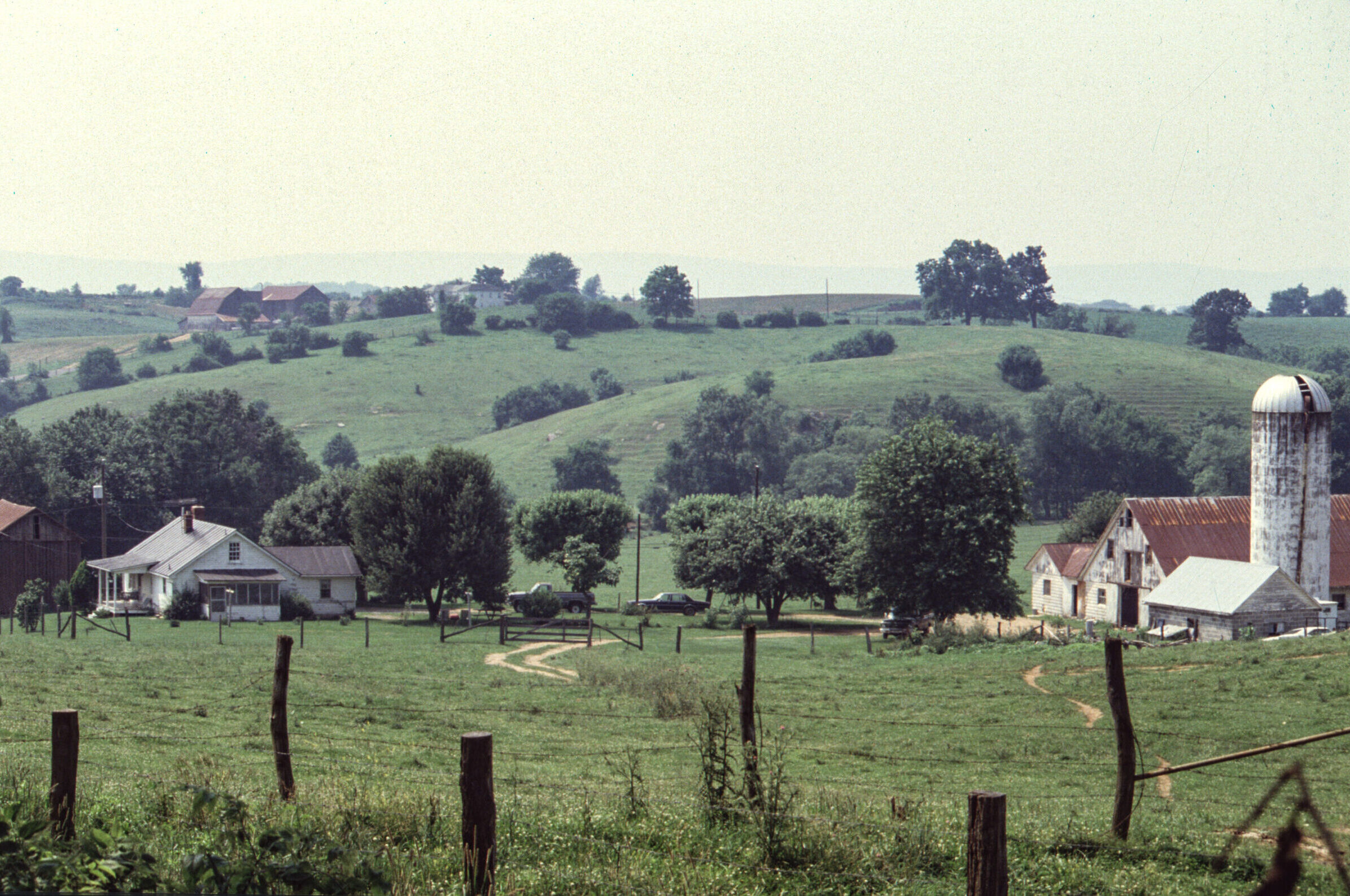In a ground-breaking step in 2023, the U.S. National Park Service revised the National Historic Landmark status of Waterford, Virginia, as a site, to recognize the “sustained and innovative private preservation effort to conserve a comprehensive village landscape.” With this acknowledgement of a 55-year effort to preserve a cultural landscape, it is the first such heritage designation of a planning and conservation process in the United States.
In the late 1980’s and early 1990’s, Elizabeth Brabec led the planning effort to implement a strategy to conserve the landscape of the village. As the top level of recognition for National Heritage in the United States, the Waterford National Historic Landmark was forward thinking in 1969, for its inclusion of the landscape within the boundaries of the village, at a time when designations included minimal landscape areas almost as an afterthought.
This lecture will delve into the history of Waterford’s conservation efforts. It will explore the theories of cultural heritage and landscape conservation of the period and discuss the outcomes of the planning effort. The presentation will also discuss the implications of moving from a recognition of successful conservation case studies, to conservation as a form of intangible cultural heritage.


